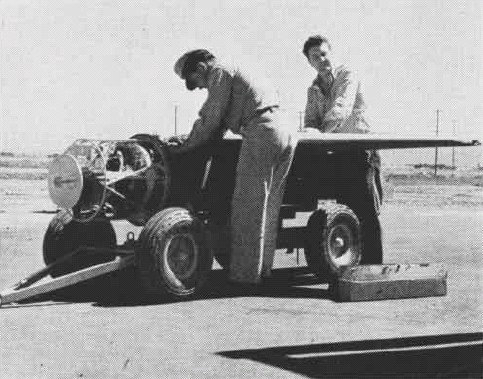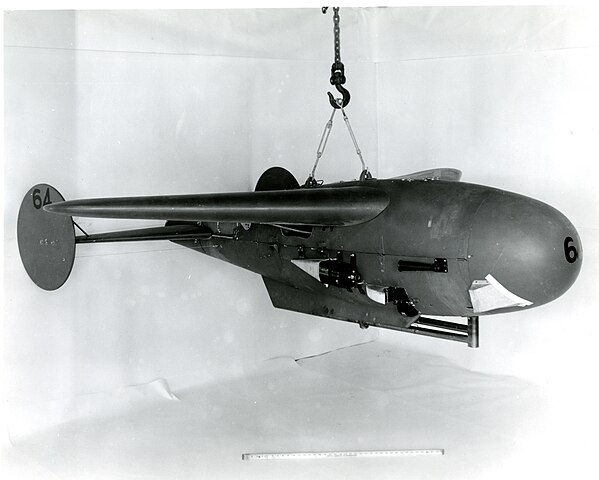Right back at you, so let me stick to what I understand and remind everyone, it is my opinion only and it is not gospel or personal EVER. Others can be right and I can be wrong, ya know?
To avoid thread derail, see my conversation. (Or send me one, if it didn't get sent....)
That is a tall order since the Germans never got a SAM to work properly during WW II. AFAIK, no-one did.
So I keep hearing, & I keep thinking, "Damn you people & your facts."

a. Maybe they are not as technically aware of snort boat limitations as we are today. That is one possibility.
b. Morale. They thought they had the U-boat problem licked and then here come the Germans with this new U-boat that they may not be able to solve quickly.
IMO, those are both true. They also apply TTL, IMO, even if they're an over-reaction or a mistake in the grand scheme.
a The USN and Canada though would NOT.
I'd like to think the Admiralty pros would prevail, & the Brits wouldn't, but... USN, I agree. RCN, TTL, might be shut out by default: RCN didn't have the ability to operate DDs, for lack of trained crews...& slow convoys, as said, might just have to stop entire for lack of escorts in that event. I don't see a way around that, TBH. Slow convoys with USN DEs, but much, much bigger ones? Say, 150 ships, instead of 80? (That does seem to make RCN effectively redundant...& the political implications of that aren't trivial.

)
The Germans by 1944 are rank amateurs compared to what the Allies are doing
IMO, with an earlier *Type XXI, that would need to apply before mid-'43, or the panic may well produce chaos.
If it doesn't...IMO, it would put paid to any Italian ops (because *Type XXIs will sink too many, or cause too much to be held or delayed), & the net change in the war's outcome is near nil.
"Mr. Sikorsky can your helicopter dip a sonar and will it drop bombs?"
"Give me six months."
"Mr. Kaiser, we need more C-hulls modified."
"Give me three months."
That might do it alone. Can you get an *R-5 powered by an R1340 (or equivalent) in service, operating off launch flats, by Dec '42 or Jan '43? (It may need to be sooner...

)
And I'll ask again: do you reject a heliborne PIAT-style *Hedgehog pod? Say, 10-15 warheads (only; no engines), radius about 200yd (50? Which might do it), pod weight around 600-800pd?
The Type 21 cannot attack in packs. It does not have the unimpeded communications of the early war U-boat.
Patrol line might be a better term. However, anything co-ordinated might be impossible at that.
I have to confess, I wargamed it for the storyline to see average results. If the subs try the tactics I postulated against a 1944 Allied convoy they will hardly hit anything by the torpedoes of the day. The periscope attack is about the only way to get efficient torpedo hits (about 25%) and by 1944 it is almost suicide.
I may need to re-evaluate my view of the German experience. It seems it's been a great deal harder for them than I've been giving them credit for.



